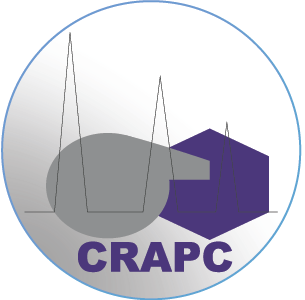B. CHEZEAU,L. BOUDRICHE ,C. VIAL ,A. BOUDJEMAA
Received 23 Feb 2019, Accepted 28 Jun 2019, Published online: 15 Jul 2019
JournalSeparation Science and Technology Volume 55, 2020 – Issue 14
ABSTRACT:
The objective was to assess the efficiency of electrode material in an electrocoagulation (EC) process for wastewater treatment by comparing the efficiency of aluminum (Al–Al), iron (Fe–Fe) and combined Fe–Al electrodes. The treatment of synthetic dairy wastewater, characterized by high levels of 5-day biological oxygen demand (BOD5) and chemical oxygen demand (COD), was used to compare electrode materials. Experimental results showed that all electrodes materials achieved the same final removal yield in the range of current studied (55% COD, 60% total organic carbon, 90% total nitrogen, and nearly 100% turbidity) when equilibrium was achieved. But at fixed current density and initial concentration of dairy waste, the Al–Al assembly exhibited the fastest elimination, whereas the slowest removal rate was observed with the Fe–Fe electrodes, even though adsorption was always the main removal mechanism. Finally, an Fe–Al system using an Fe anode with an Al cathode emerged as a techno-economic trade-off because of the low price of iron: both metals contributed to the removal of dairy waste, and the treatment time to achieve equilibrium values was closer to the Al–Al assembly at fixed current density. Moreover, experimental results proved the additivity of the mechanisms reported for Al–Al and Fe–Fe systems with Fe–Al.
KEYWORDS: Electrocoagulation, COD removal, Dairy effluent, Electrode material, Wastewater treatment

